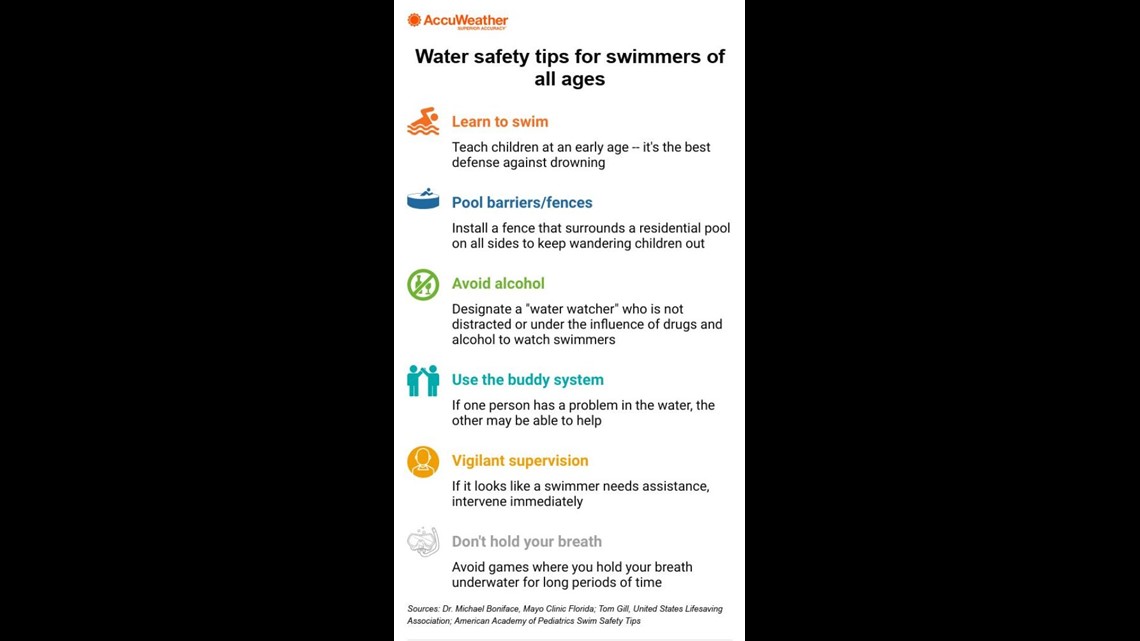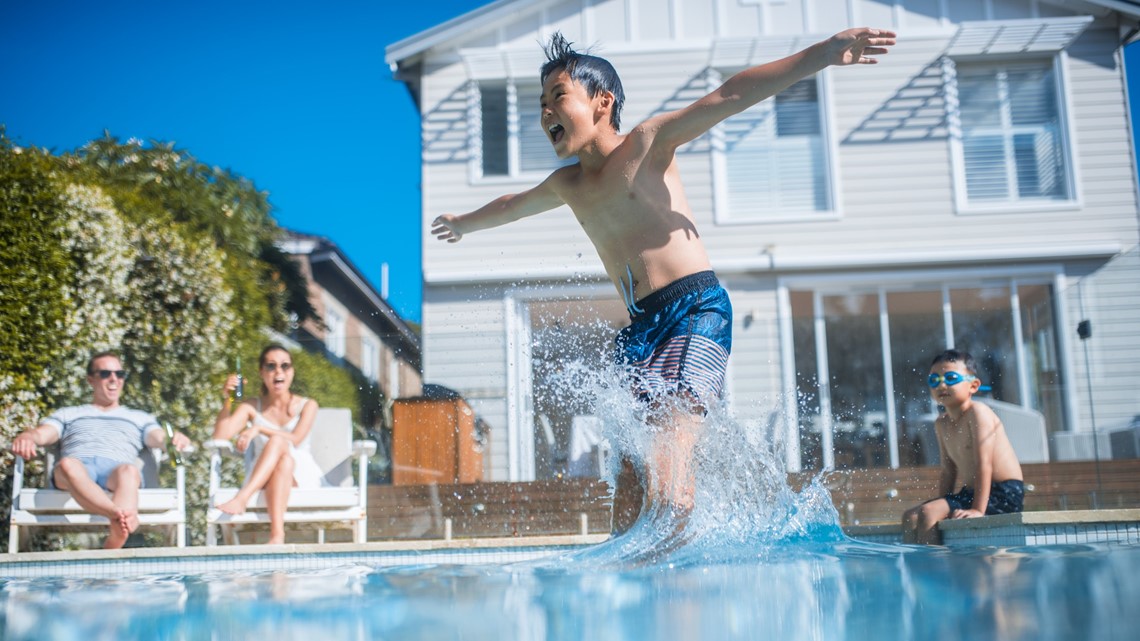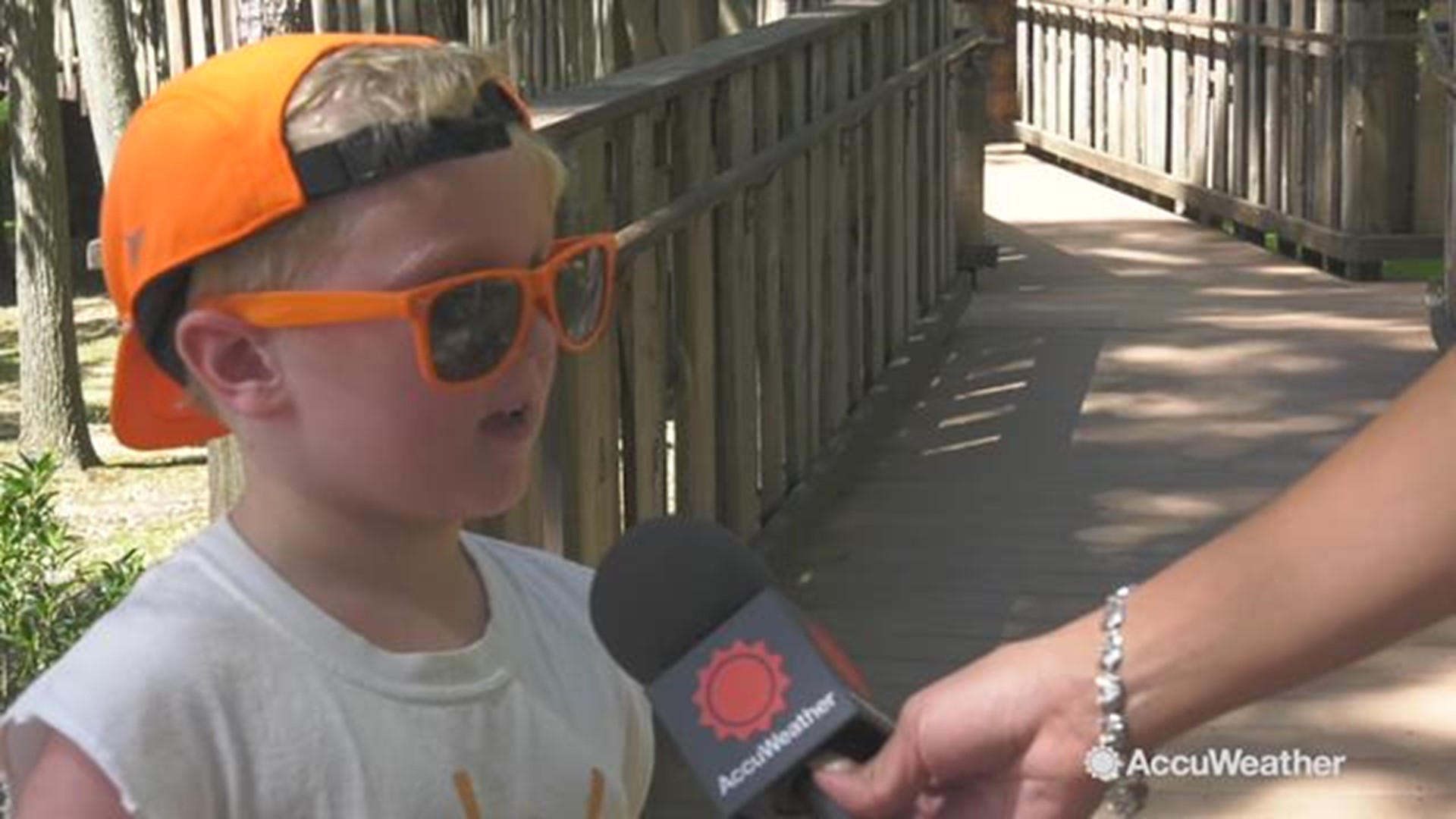A water emergency at a pool or the ocean is often characterized in movies or television by loud and frenzied disruption, but experts say drowning is often quick and quiet and may occur without a witness to the event until it's too late.
'Certainly, you can see people who are in distress who are yelling, screaming and flailing their arms, but in a majority of cases, it goes completely unnoticed,' said Dr. Michael Boniface, a consultant in emergency medicine with Mayo Clinic Florida. 'This is why drowning becomes such a catastrophic event, especially in children.'
In many drowning cases involving children, the preventable cause is insufficient supervision, Boniface told AccuWeather. He suggests parents or guardians remain extremely vigilant near water in the same way a lifeguard would, with cell phones and books away and without the influence of alcohol.
Boniface also suggests increased access to swimming and starting swim lessons at a young age. The American Academy of Pediatrics (AAP) recommends swim lessons, starting for children as young as 1 year old. By 4 years of age, the AAP suggests many children are capable of learning basic water survival skills and specific swim strokes.
‘It doesn't take a large volume of water to have a submersion injury,' Boniface said.


False sense of security
Children may also rely on consumer flotation devices, like noodles, loungers, rafts or water wings, for example, while in a pool or the ocean.
But these products may give parents and guardians a false sense of security and may not necessarily prevent drowning events, according to Boniface. The AAP says these swimming aids are not a substitute for U.S. Coast Guard-approved life vests.


Pool vs. ocean
The difference between a pool and the ocean, according to Tom Gill, spokesperson for the United States Lifesaving Association, is that once someone goes under, water clarity in the sea may make it impossible to find the person without a full line search of rescuers.
'A screaming victim usually means they can stay on top of the water and are just scared that a rip current is taking them away from the shore,' said Gill. 'Children, non-swimmers, or someone with a medical condition can slip under the water without anyone noticing.'
A bystander who wants to help a swimmer in distress should first make sure a lifeguard is aware or call 911, Gill told AccuWeather.
'Untrained rescuers entering the water to save others, while honorable, is extremely dangerous and it is far too common for rescuers to become victims,' Gill said. 'If there is not a trained first responder to affect a rescue, try to get a flotation device to the victim but do not put yourself in danger at the same time.'
Focus on first aid
He suggests all swimmers learn CPR and basic first aid. The American Heart Association doesn't have a minimum age requirement for learning CPR, but studies show that children as young as 9 years old can learn the technique.
'A victim removed from the water because of drowning needs airway management and rescue breaths to stimulate the breathing response,' Gill said. 'If [the person is] in full cardiac arrest, CPR protocols are appropriate.'
For more safety and preparedness tips, visit AccuWeather.com/Ready.

